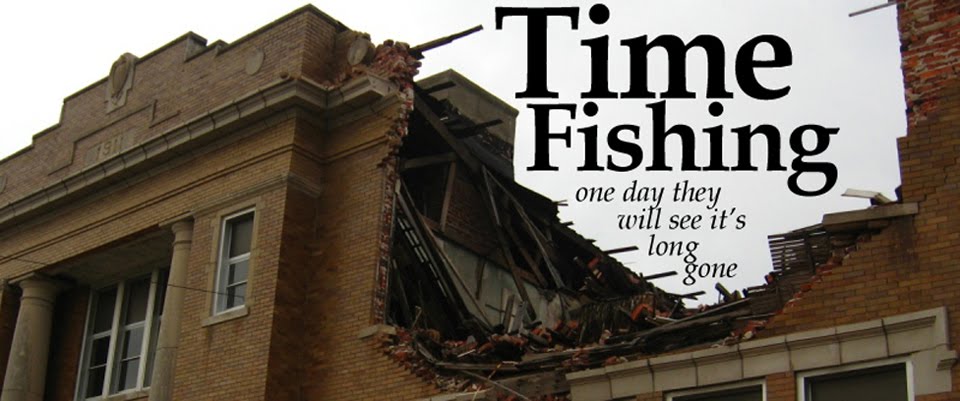
I loved this place from the very onset of arriving at Harding for its simple charm, marvelous art-deco stucco style and reasonable $1 ticket fee. I cherish it more now for its status as one of the last of its kind.
The Rialto opened sometime in the 20s as the Grand theater, burned, and was later reopened as its present identity. The current owner is a man named Victor Weber, who has owned theaters all over White County and is proud never to have shown an R-rated film (with the exception of The Passion of the Christ). Once when we were in line to see Twilight (mainly to laugh at it), Victor came out and expressed his joy and surprise at having his theater featured on the covered of the new edition of the White County phone book.
But wait. Did I say theaters all over white county? Yes, I did. Currently, if somebody wants to see up-to-date films, they have to go to Cinema 8 in Searcy, which is not much more than a brick shoebox sitting at the back of a moonscape-esque parking lot. The next closest theater is in Cabot. Both theaters are owned by a man named Slick, about whom the less said, the better.
It hasn't always been so. Fifty years ago, most of the small towns around here had their own theater.

The above is Judd theater, Judsonia, sometime in the 1940s. The girl pictured worked in the ticket booth during that time period. I might have been able to see Arsenic and Old Lace here.

Here it is now. The only way I know this is the theater is because of the stamp in the concrete by the door ("Judd Theater 1944," and the same raised area the girl is standing in front of). I have no idea if anything remains of the actual building behind that corrugated steel. Someday I plan to find out.

A theater in Bald Knob. I don't know anything about this theater except that it lines the street opposite the Missouri-Pacific Depot.

What's left of the theater in Kensett. It was owned at some point by Victor Weber. What you see in this picture is essentially all that remains. There is no building beyond the front facade. Weirdly, there was a hospital stretcher in the ticket booth. Note the door on the left. It leads to stairs which would have gone up to the balcony, which is where folks who weren't white had to sit. The Rialto has a similar door, but the balcony isn't in use these days.

The theater in Beebe (known variously as the Pioneer Theater, Radio Theater and Palace Theater). Note the same kind of balcony door. Apparently they do karaoke in there now which somehow involves a gorilla (read the sign). Here is what the authors of Remembering Our Past have to say about this theater:
"In the 1950s you could go to the Saturday afternoon Matinee and see a cartoon, serial and the movie. For 20 cents you got in the show and had enough money for a coke and a bag of popcorn. We usually did not get first run movies but we did get quite a variety. One movie would be shown on Thursday night, Friday night, Saturday afternoon and Saturday night. Another movie would be shown on Sunday afternoon, Sunday night and Monday night. Many of us young boys saw our first female naked breast at a movie sometime in the late 50s or early 60s. The movie was And God Created Woman with Bridgett Bardot. It was quite a thrill for us but created a real controversy in town."
The lives of these small theaters were mostly ended by the advent of multi-screen theaters. Unfortunately many of the new theaters left behind any semblance of architectural creativity, figuring as long as they had a lot of screens it didn't matter. A few of the small ones, like the Rialto, have managed to hold on. That's why I treasure them so.
Look forward to more theatrical entries.
-Jonesy
































